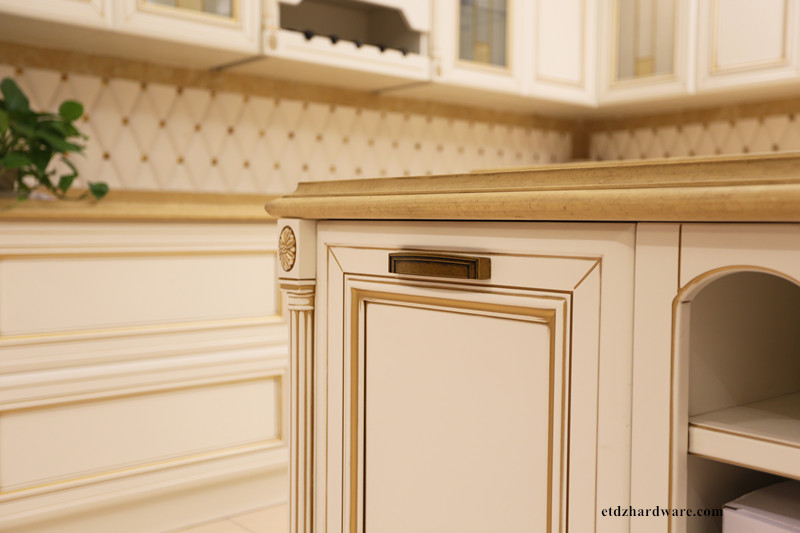Recently, American researchers have developed a new material that can store and release heat energy on demand. The heat storage device made of this material not only has a large energy storage density, but also has the characteristics of low cost, convenient transportation, and long energy storage time, and is expected to open up a new way of capturing and storing solar energy.
Since the 1970s, scientists have been looking for a material that can store solar energy in chemical form instead of converting it into electrical energy. However, related research has only made some progress in recent years. In 2010, Jeffrey Grossman of the Massachusetts Institute of Technology revealed the unique properties of dioxime-fulvalene, and proposed the idea of ​​liquid heat storage material.
When dioxime-fulvaene molecules are exposed to sunlight, the internal structure changes and the energy is stored to form a metastable structure. When needed, these heat can be released by the action of specific catalysts, and their molecules will return to their pre-exothermic form. This process can be repeated continuously. In this way, heat can be stored at A and B to release heat. It is also possible to use the heat generated to drive a steam generator to generate electricity.
However, the disadvantage of this material is that the contained niobium element is rare and expensive, and the heat storage device made of it is still inferior in energy density to the conventional lithium ion battery. This makes this technology has not been able to obtain large-scale applications.
A few days ago, Grossman and his colleague, Aleks Koupak, perfected this technology by means of carbon nanotubes, creating a new material that could replace diterpene richnes. This material consists of azobenzene and carbon nanotubes, in addition to the advantages of difurethylene rich oxide, but also has the characteristics of low cost, good thermal stability, in terms of energy density is more than lithium-ion batteries.
The researchers "bundled" azobenzene molecules onto carbon nanotubes to form a carbon nanotube compound. Experiments have shown that the material has a poor energy (difference between the base energy state and the high energy state) and activation energy (molecules from It is ideal to change the normal state to the energy needed for an active state that is prone to chemical reactions. Experiments show that the new material can reach energy density of 690 watt-hours/liter, exceeding the traditional lithium-ion battery (200-600 watt-hour/liter), compared to the energy density of using only azobenzene (90 watt-hour/liter). It has also been greatly improved.
Grossman said: "This material is very effective, but it still has a relatively high energy density. Its advantage lies in the integration of energy capture and storage into a single step. Using one material can accomplish both tasks of conversion and storage. The downside is that it can only provide heat, not electricity, but this can be offset by thermoelectric or steam generators."
Kim Jang Yosuke, an assistant professor of chemistry at the University of North Carolina, said that the reversible storage of solar energy through chemical bonds has received widespread attention in recent years. The innovation of the new research is that it created nano-templates that can use carbon nanotubes to make this material, paving the way for similar research using other materials in the future.
The ancient but elegance colors as well as the polished carve curves are explaining the distinct European sensations.
Retro tints make European delicacy and luxury visible everywhere.

Classical Furniture Handle EAB Colour
Vintage Zinc Hardware Handle,European Style Furniture Handle,Ceramic Kitchen Handle,Hardware Brass Vintage Furniture Handle
NINGBO ETDZ HOLDINGS LTD , http://www.etdzhardware.com